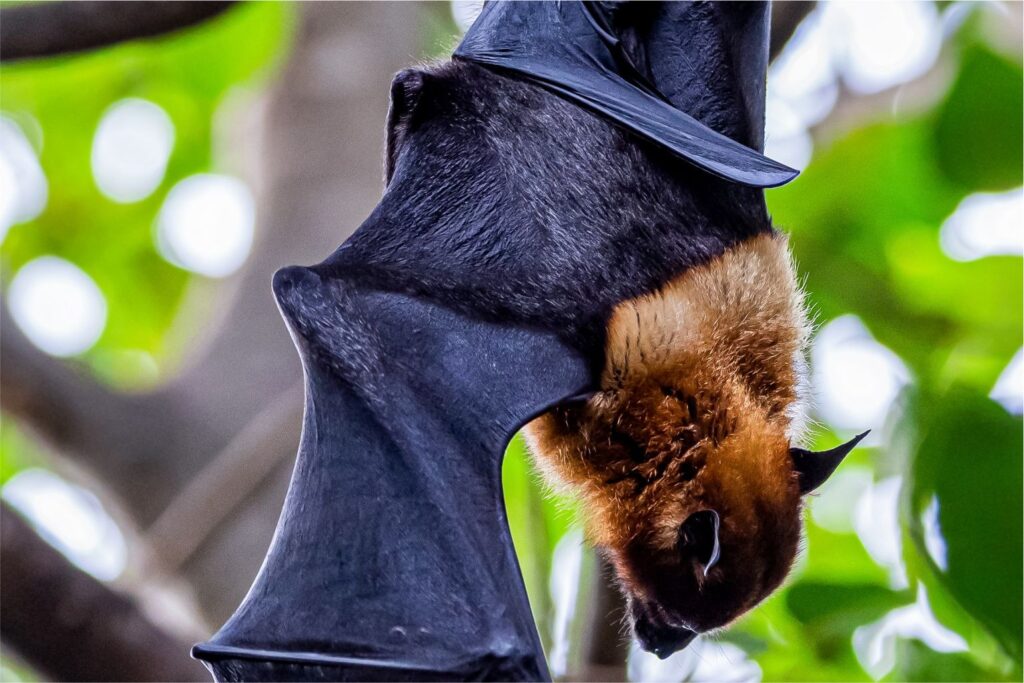
Scientists in China have uncovered 20 previously unknown viruses in bats living among fruit orchards in Yunnan province, two of which are genetically similar to the deadly Nipah and Hendra viruses.
Led by Guopeng Kuang (Yunnan Institute of Endemic Disease Control and Prevention) and Tian Yang (Dali University), the study involved genetic analysis of 142 bats from 10 different species. The findings, published in PLOS Pathogens, also include the discovery of a new bacterium and a novel protozoan parasite.
Also Read | India develops portable test kit for detecting Nipah virus
Among the newly detected viruses, two henipaviruses stood out due to their genetic similarity to Nipah and Hendra, viruses known for causing serious public health emergencies in countries like India, Bangladesh, and Australia.
The researchers are even more concerned after finding these viruses in the bats’ kidneys. Experts warn that this could point to a potential transmission route through contaminated fruit or water, especially in orchards where bats, animals, and people may share the same space.
“These viruses being concentrated in the kidney is concerning. It suggests a possible risk of human exposure through contaminated environments,” said Dr. Vinod Balasubramaniam, a molecular virologist at Monash University Malaysia, who was not involved in the study.
The researchers emphasised that, while the two new henipaviruses are not confirmed to infect humans, their close resemblance to known human pathogens makes them worth watching closely.
Despite the risk, scientists also urge caution against vilifying bats, which play a vital ecological role. The researchers also highlighted the need for continued virus surveillance in wildlife, especially in regions where people and animals live in close contact.








